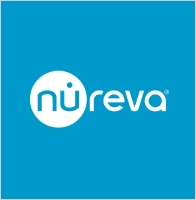The new hybrid learning experience.
In the current digital age, we expect a dynamic, real-time seamless and enjoyable experience.
The landscape for higher education is changing. Institutions need to deploy solutions that can support hybrid communication and boost collaboration. Mago addresses how schools and institutions can set up hybrid-learning systems that combine both remote and in-person learning to ensure learning continuity and improve the student experience.
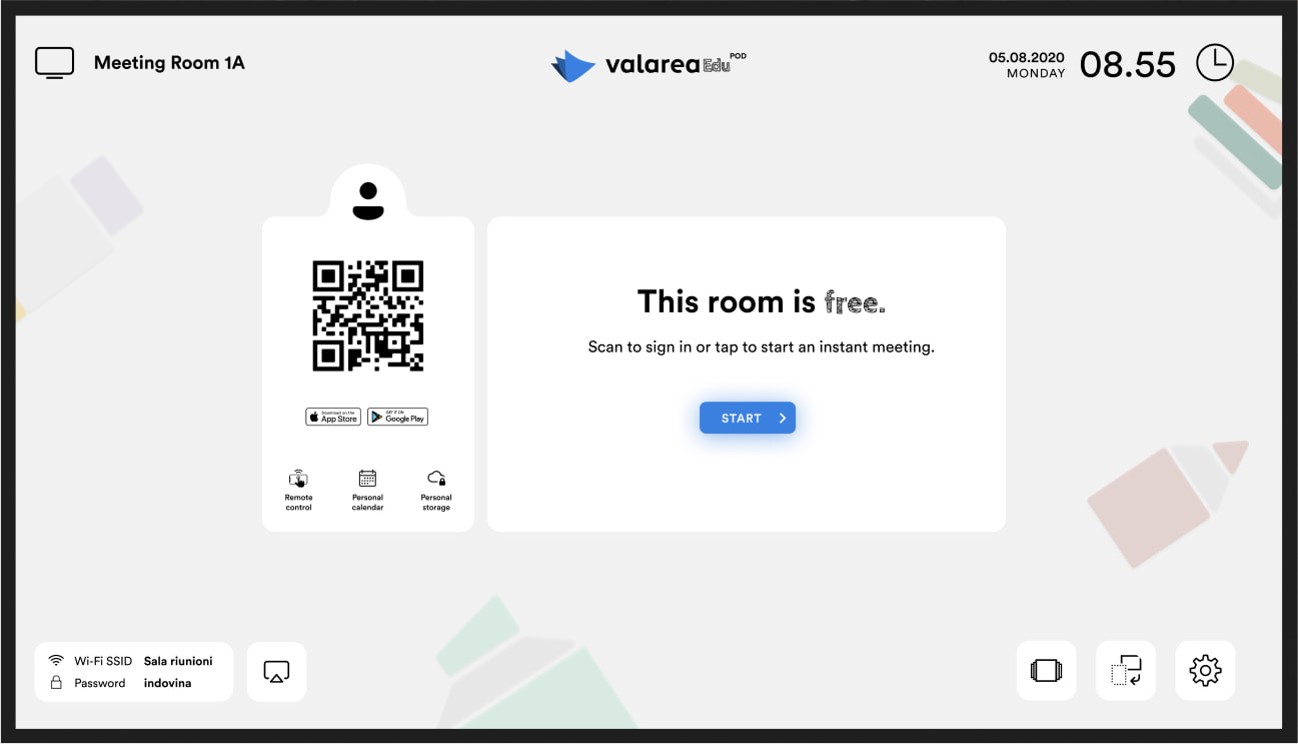
MAGO Formerly valarea
Smarter learning.
- Transfer your Mago Cloud lessons or initiate an instant lesson from scratch
- Multi-touch control of UI and Applications (including scroll, pinch to zoom, tap,...)
- Collaborative Whiteboard with Apple Pencil support
- Shortcut Applications launcher
- AV controls (mute, volume, camera)
MAGO
At home
Create Lessons and save on Cloud
Install Mago App on your own device in seconds and immediately start to create interactive lessons and store your saved lessons in secure cloud profile.
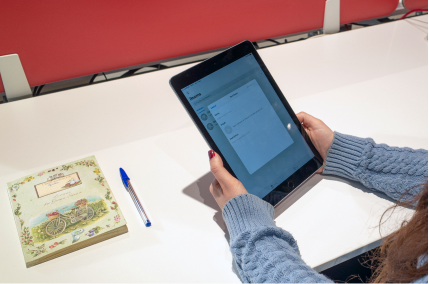
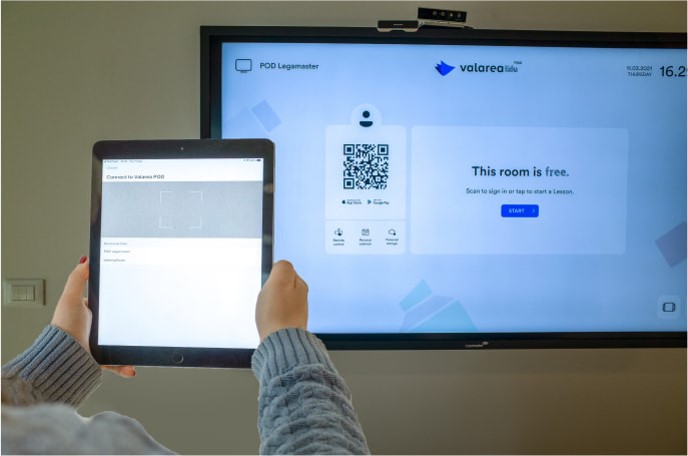
MAGO
In classroom
Transfer your lessons
By scanning the QR code with Mago App, teachers can immediately transfer any lessons to Valarea POD and start an engaging training session.
MAGO
The hybrid class
Engage students in interactive lessons with the help of augmented reality
Mago interactive whiteboard hosts an array of teaching tools to enhance the learning experience. Students can take pop quizzes, share their input in the form of documents, images, and videos; all on one page.
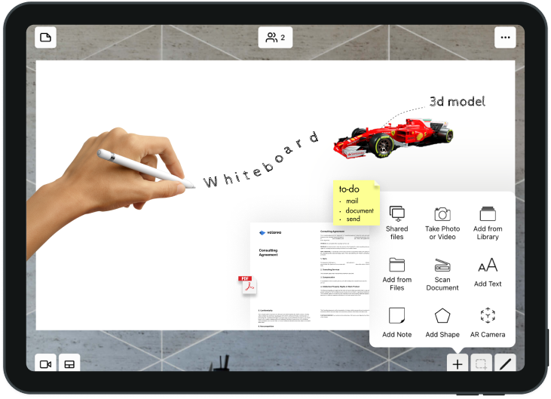
Key benefits
Save time
Save over 10 minutes per lesson.
Reduce costs
Reduce total cost of ownership (TCO) on equipment.
Boost collaboration
Ensure face-to-face time is spent more effectively.
Support hyflex learning
Increased flexibility to drive multiple learning styles for greater teaching success.
Reduce the need for I.T. support
Automatic system health checks reduce IT support requirements.
No hardware lock-in
Valarea is compatible with Passive and interactives displays.
The future of work
Our channel partners
Our channel partners’ concerns revolve around finding differentiated technologies that will help them create solutions for their customers, designed to solve business and educational challenges. Ascentae recognises these challenges and focuses on identifying hand picked technologies that we believe tackle these questions and more.
Become a partner

